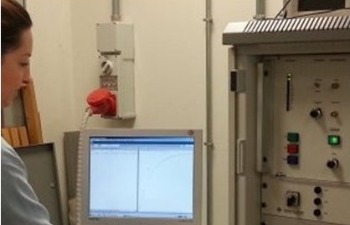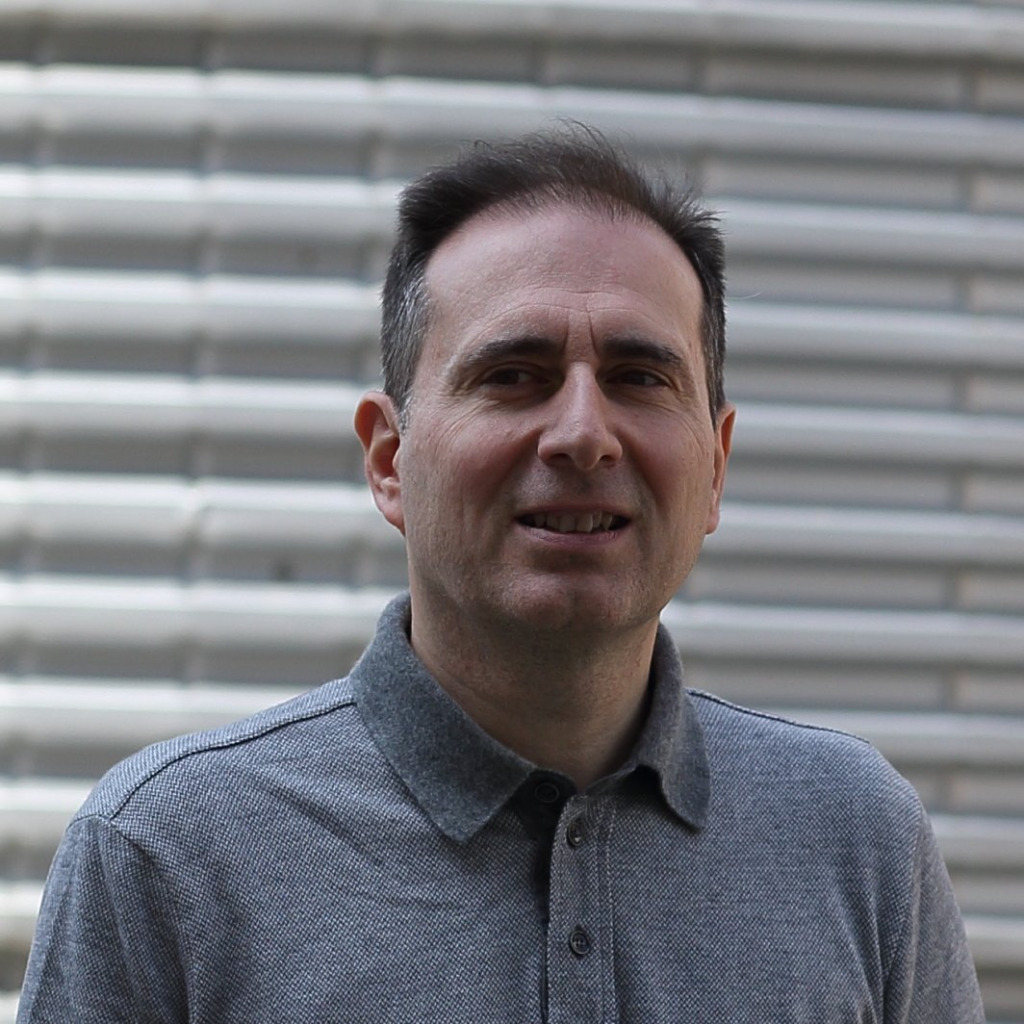View All Magnetic Resonance Techniques at Instruct
Relaxometry is a technique that has been developed to obtain structural and dynamical information on nuclear spin systems. In the presence of a paramagnetic metal ion in the compound under investigation, relaxometry may provide information on the coordination of the nuclear spin with respect to the paramagnetic metal and, indirectly, information on the electron spin system. In fact, if the water proton exchange rate is fast or of the same order as the NMR timescale, the magnetic properties of the paramagnetic center are carried over from the water in bound position to the bulk.
Access to low-resolution instrument operating between 0.01 and 42.6 MHz, designed to measure the field dependence of the NMR longitudinal spin-lattice relaxation time. Technical specification: 1H Frequency range 0.01-42.6 MHz
Relaxometry experiments are performed by measuring the longitudinal relaxation rate of bulk water protons as a function of the external magnetic field. In this way, Nuclear Magnetic Relaxation Dispersion (1H NMRD) profiles are obtained. Programs are available for the analysis of the NMRD profiles of paramagnetic complexes with respect to these parameters. NMRD profiles can be measured also for diamagnetic molecules in water or in D2O, to obtain information of the reorientation time of the molecules, and thus on their rigidity and aggregation.
The support might include sample preparation, instruments setup, data acquisition and data analysis. Based on the visiting scientist expertise assistance and supervision will be assigned.
For remote access, if the samples are not shipped in the 10-mm tube, our staff takes care to transfer it from the vial to the tube; air-sensitive samples will be handled in an oxygen-free chamber. Our staff will operate following the protocol for operations (air/light sensitivity, temperature of storage, etc…) provided together with the samples.
The visiting scientist must communicate the scientific plan of the experiments and the contacts to arrange the visit. On average one "visit" is one week of instrument time and it can be arranged as a physical visit to the facility or by mailing-in the samples. Some projects might require more time, up to several weeks, depending on the complexity of the work to be performed and the experience of the visiting scientist in the field.
Contact the facility staff before submitting your proposal, so that the access request is in agreement with the scientific plan of the experiments.


